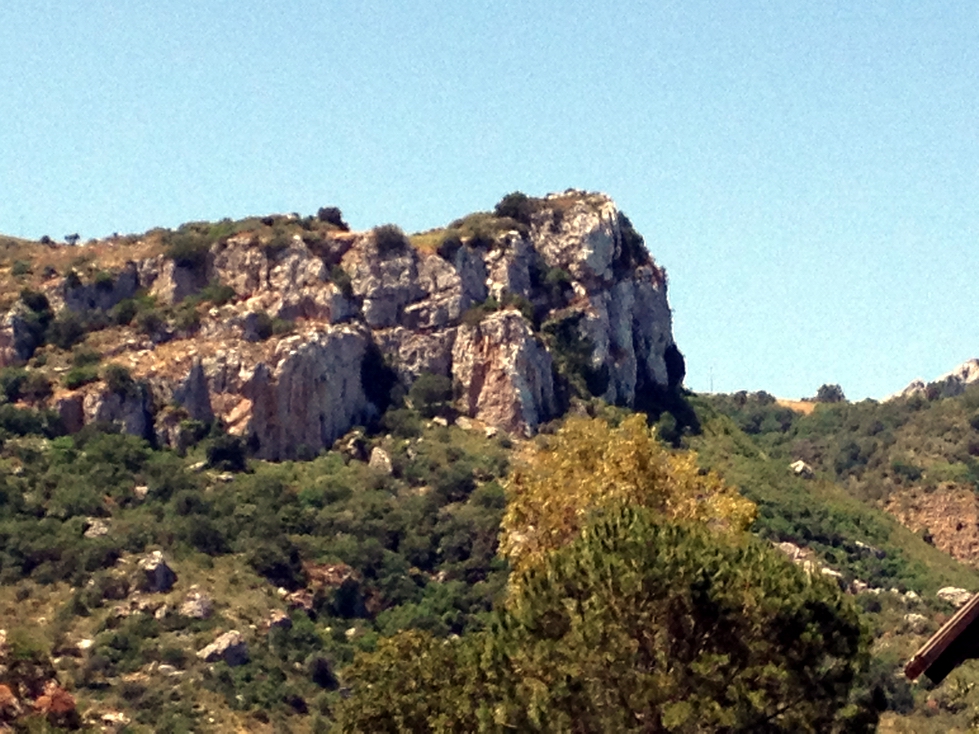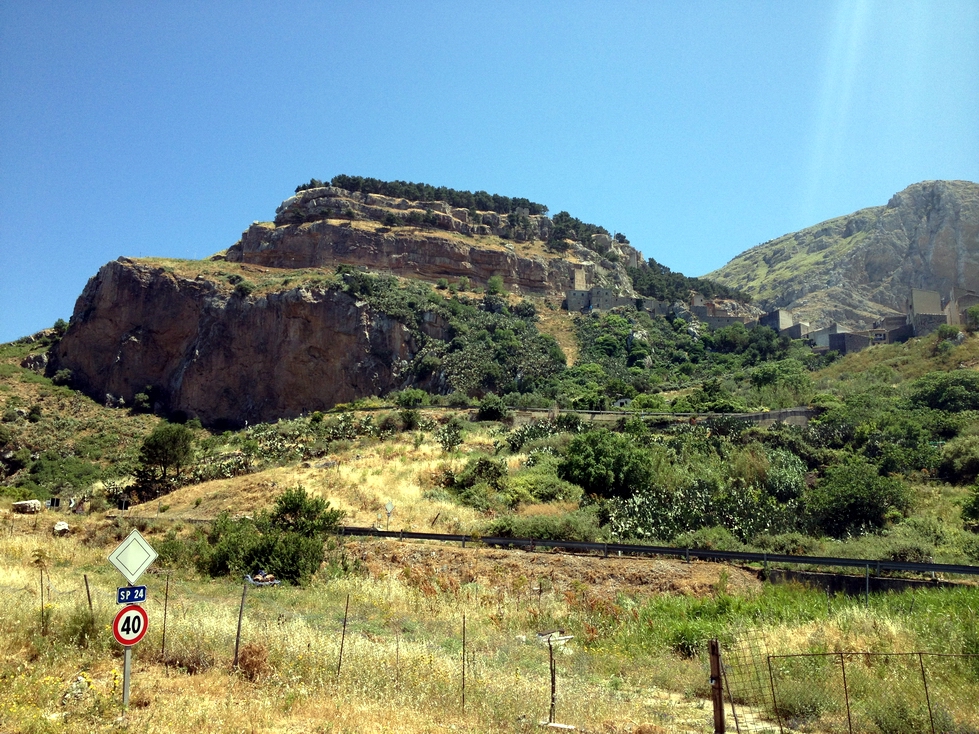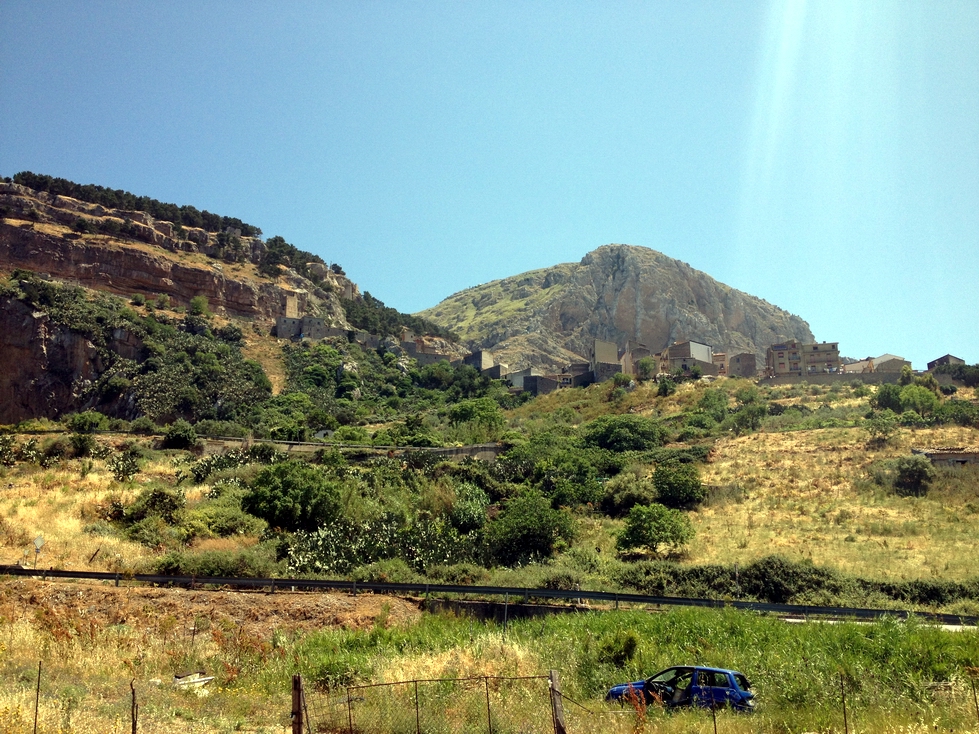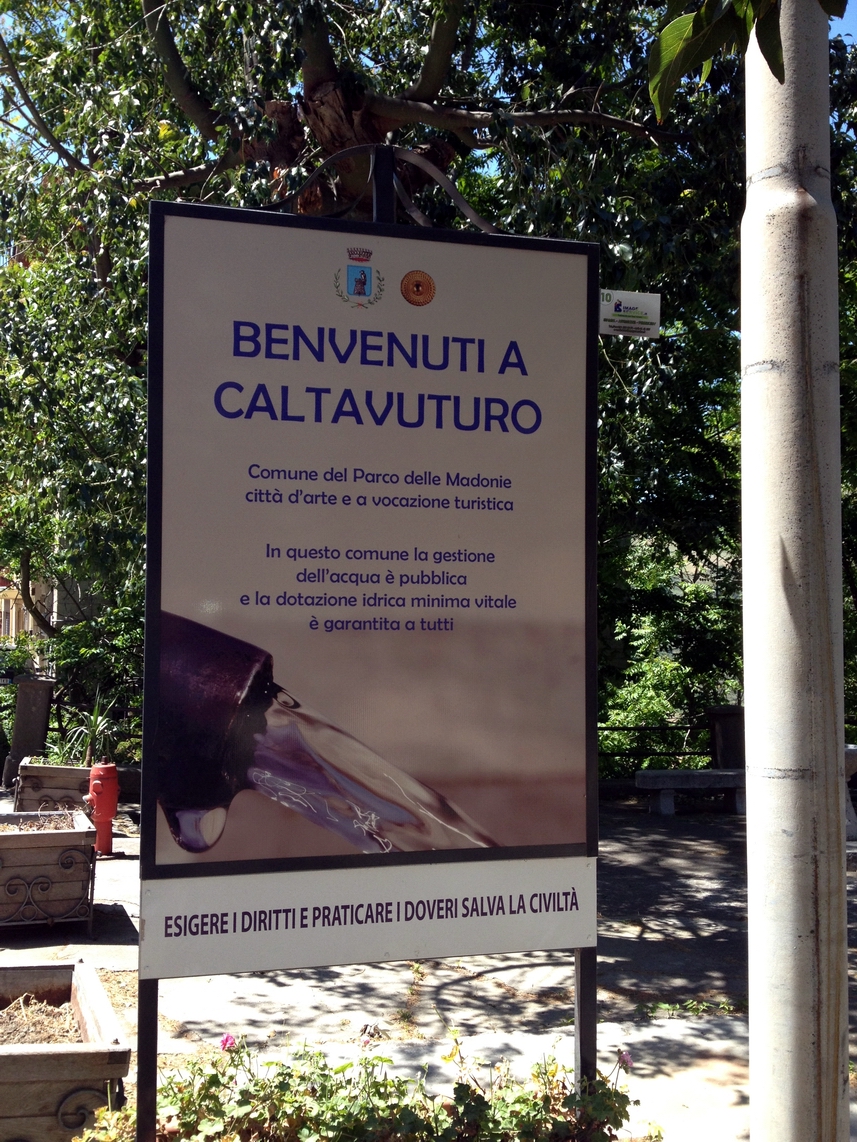Caltavuturo
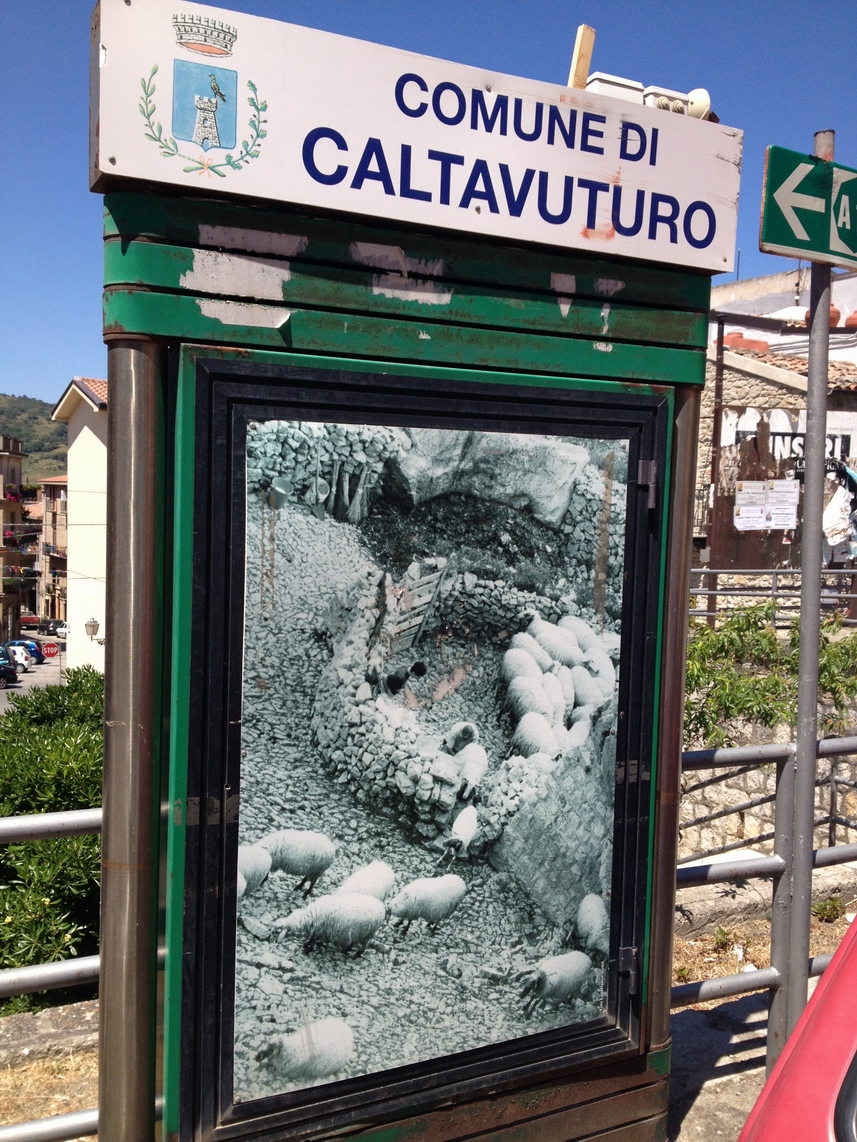
Caltavuturo

Caltavuturo (Sicilian: Caltavuturu) is a town and comune
in the Province of Palermo, Sicily. The neighboring comunes are Polizzi
Generosa, Scillato and Sclafani Bagni.
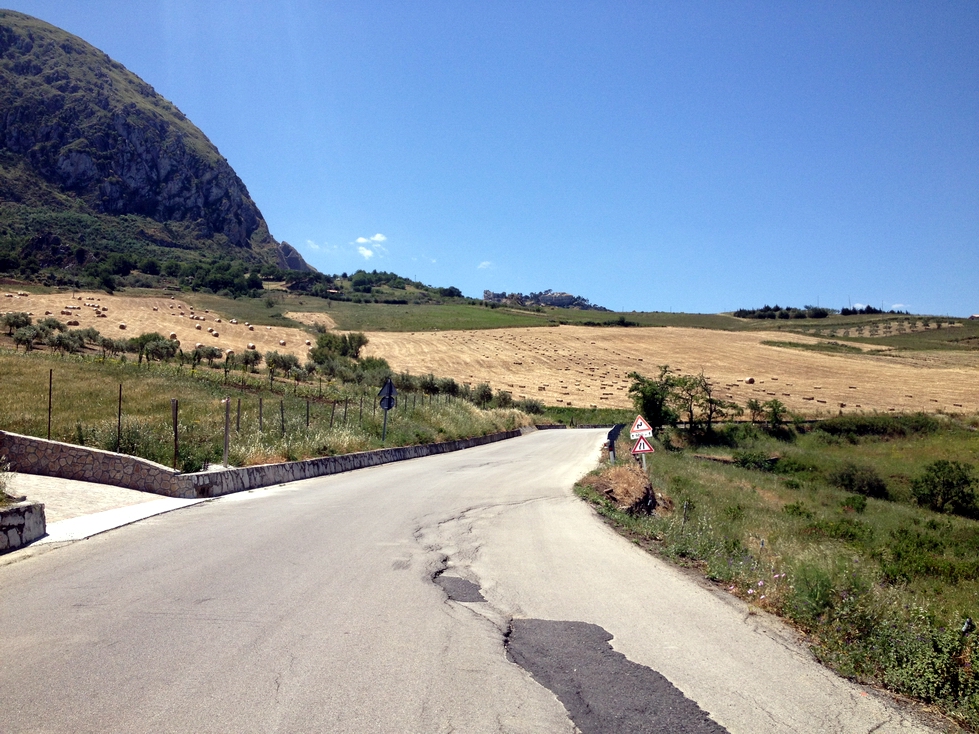
The Road to Caltavuturo
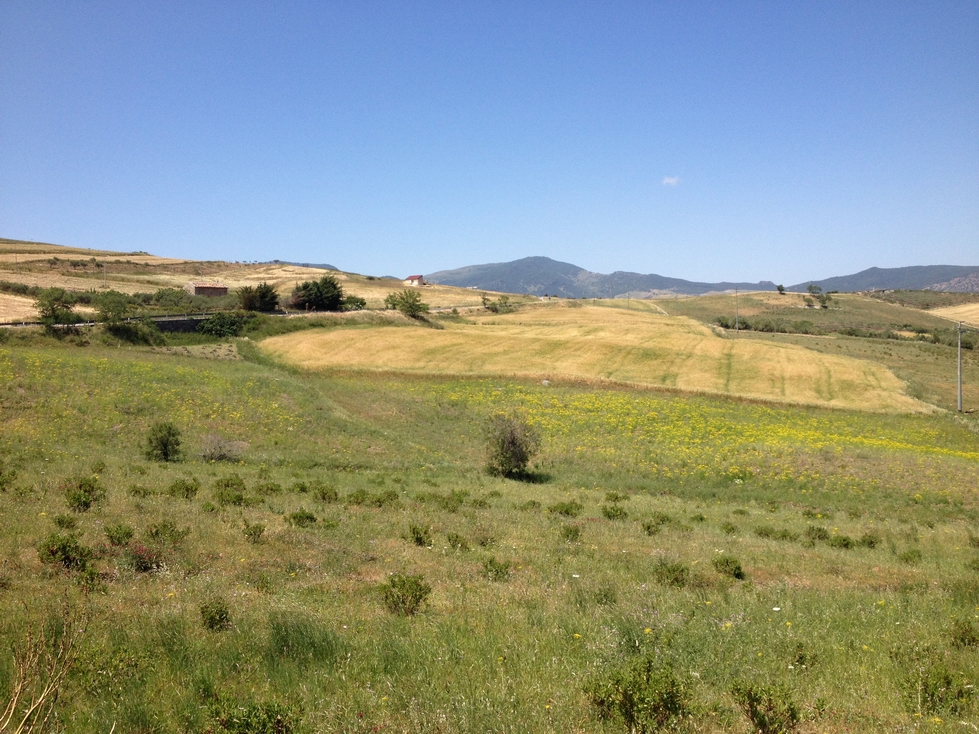
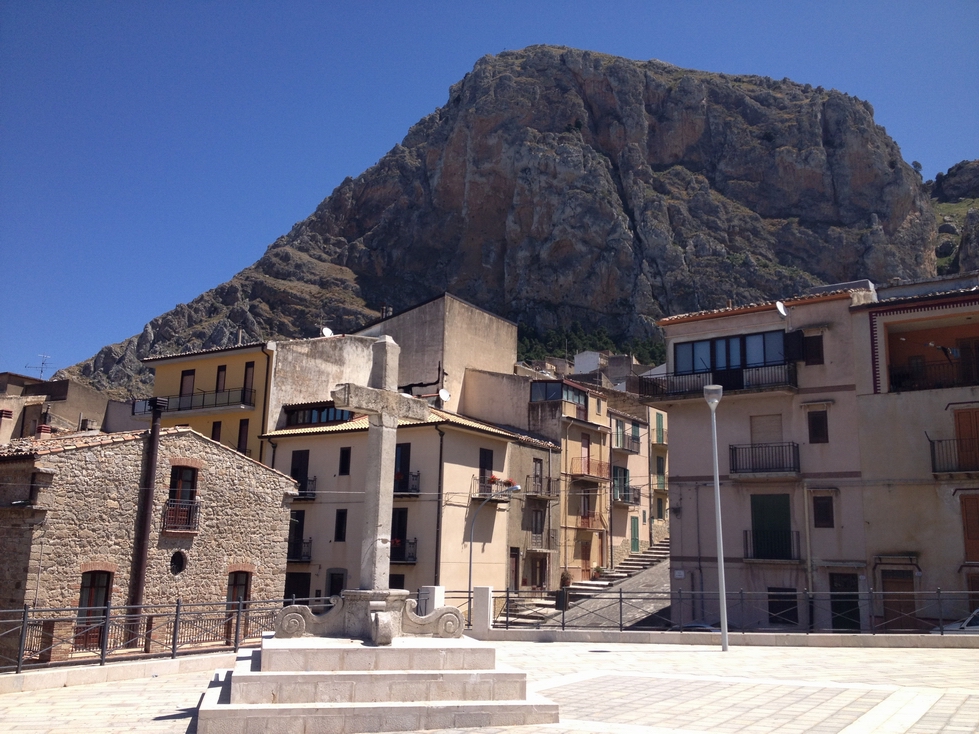
According to many scholars, the name and origin of
the town can be traced back to Arab rule (the name derives from the Arabic
word Qal'at Abi l-Thawr, "stronghold of Abu Thawr"), named after a Muslim
leader that controlled the area. Others instead maintain that the name
is derived from the Arabic word "kala" (rock) and the Sicilian "vuturu"
(vulture); meaning "Rock of Vultures."
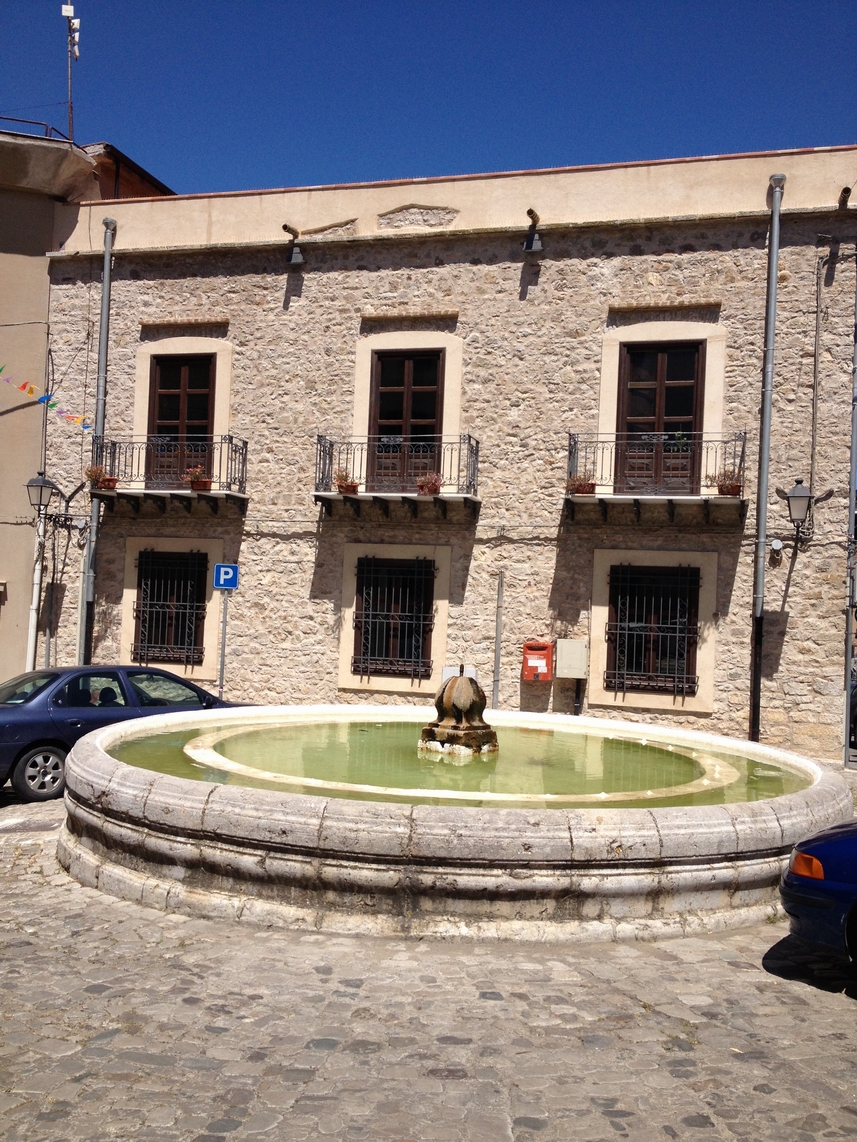
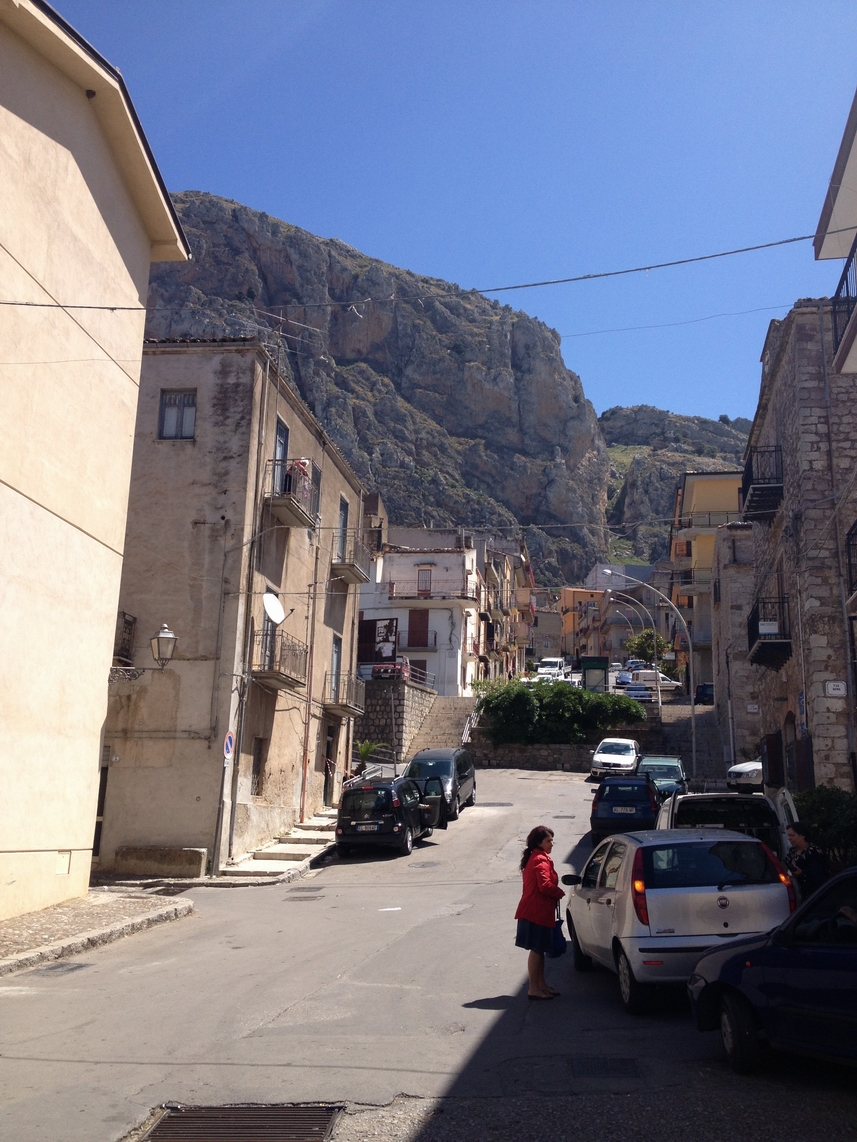
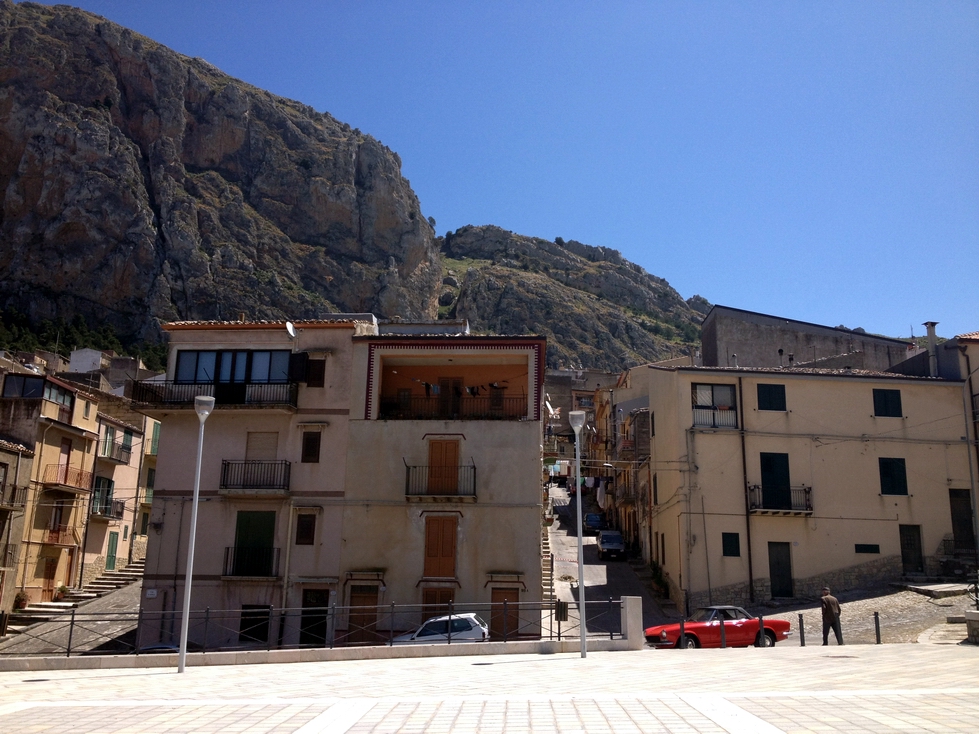
The town was the site of the so-called Caltavuturo
massacre on 20 January 1893, when local authorities killed 13 and wounded
21 peasants that had occupied communal land that they claimed was theirs.
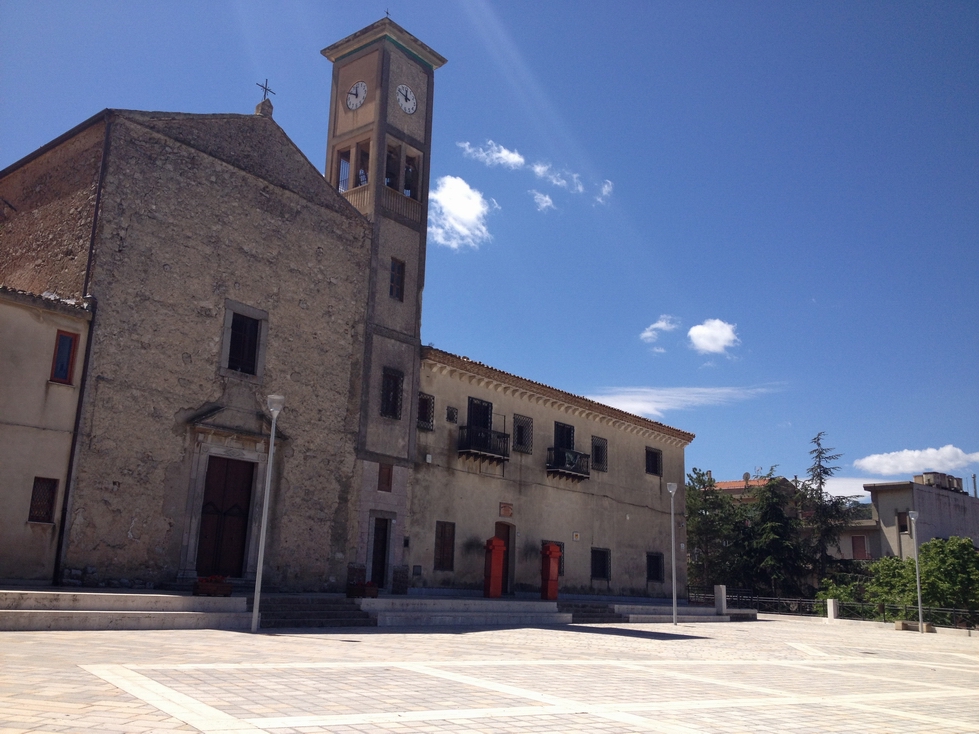
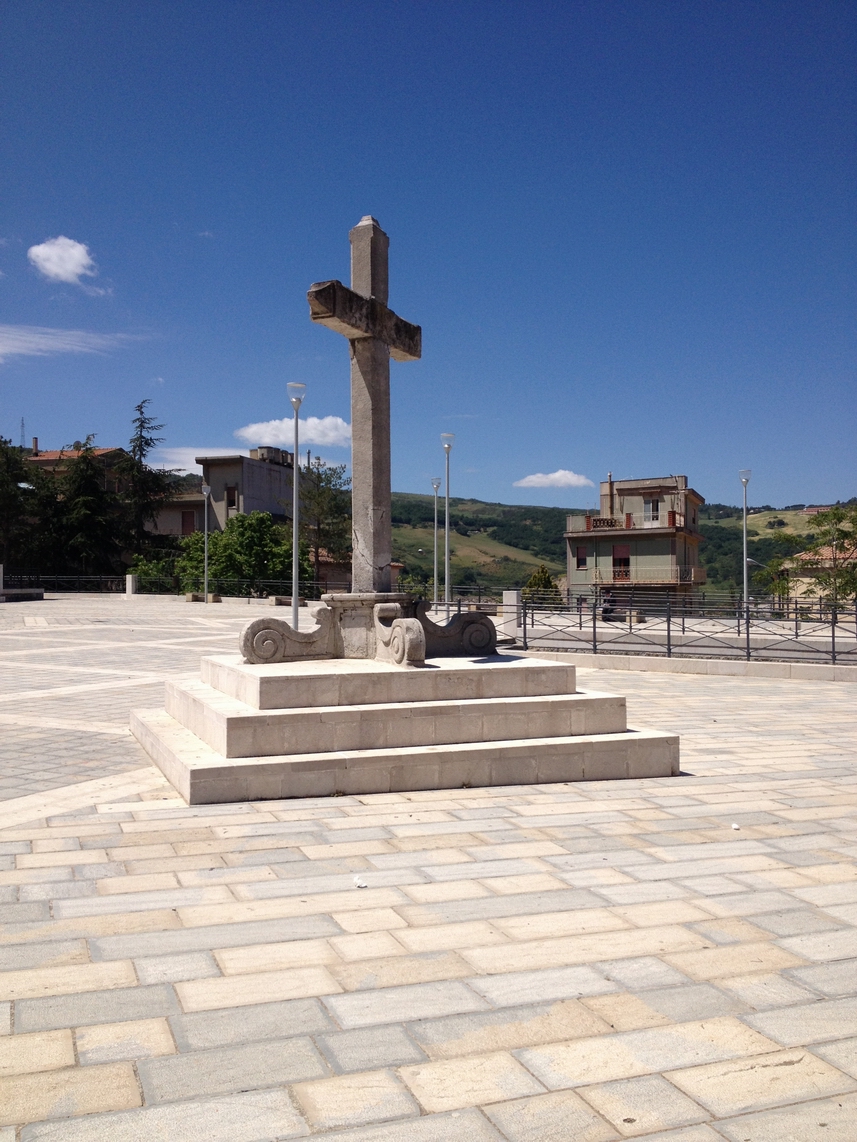
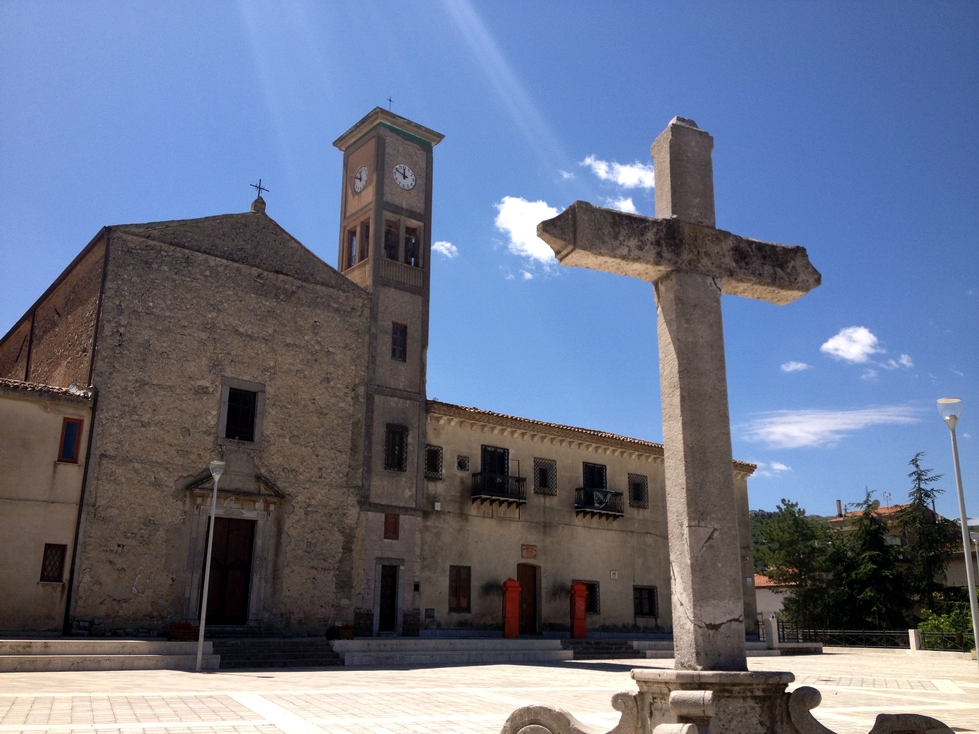
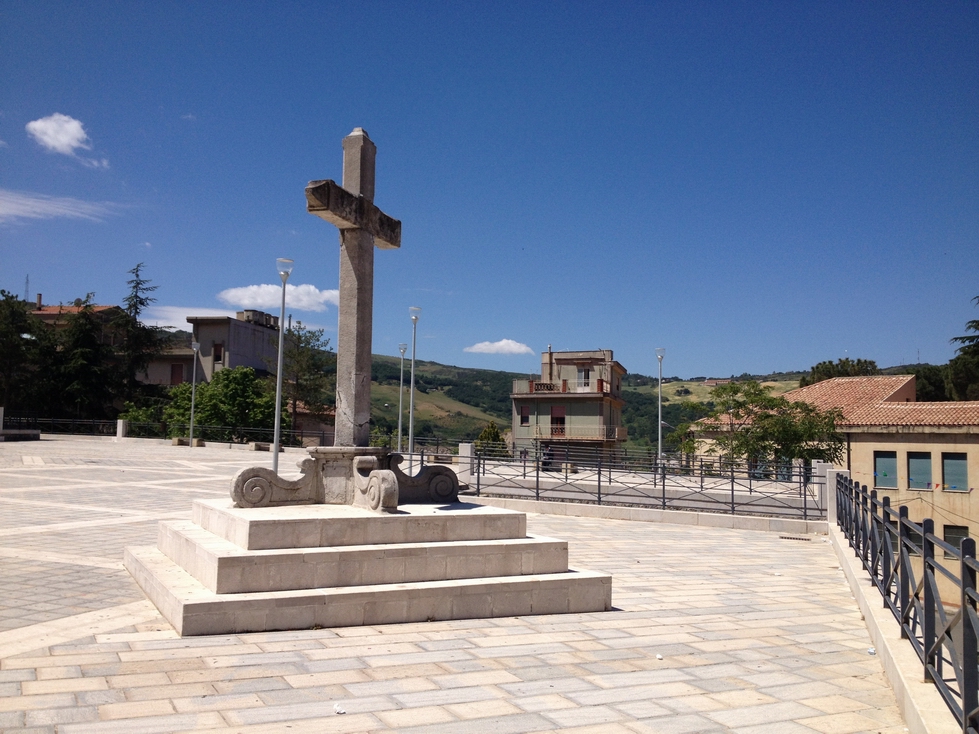
The town was the first fortified Arabic place in Sicily.
It rose on a tableland in the northern part of the present town. The territory
was a State property but various noblemen got permission to rule Caltavuturo
until the XIV century.
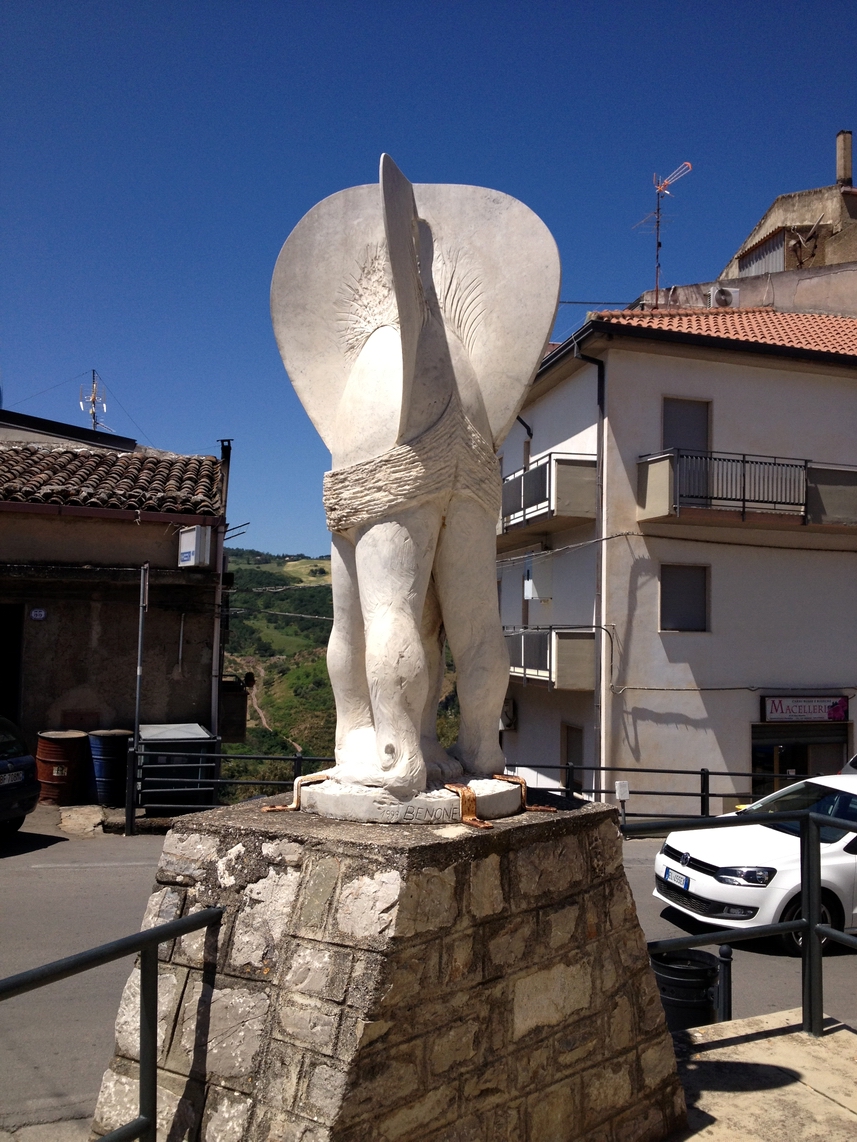
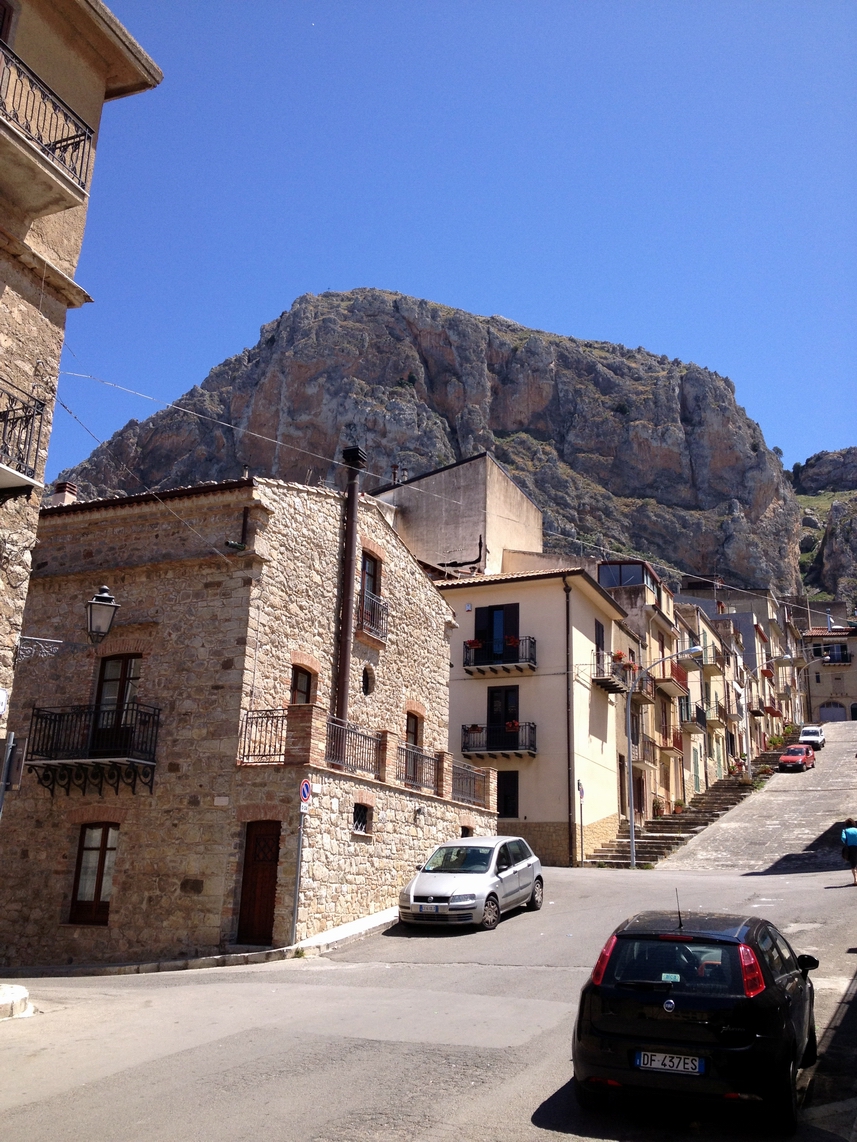
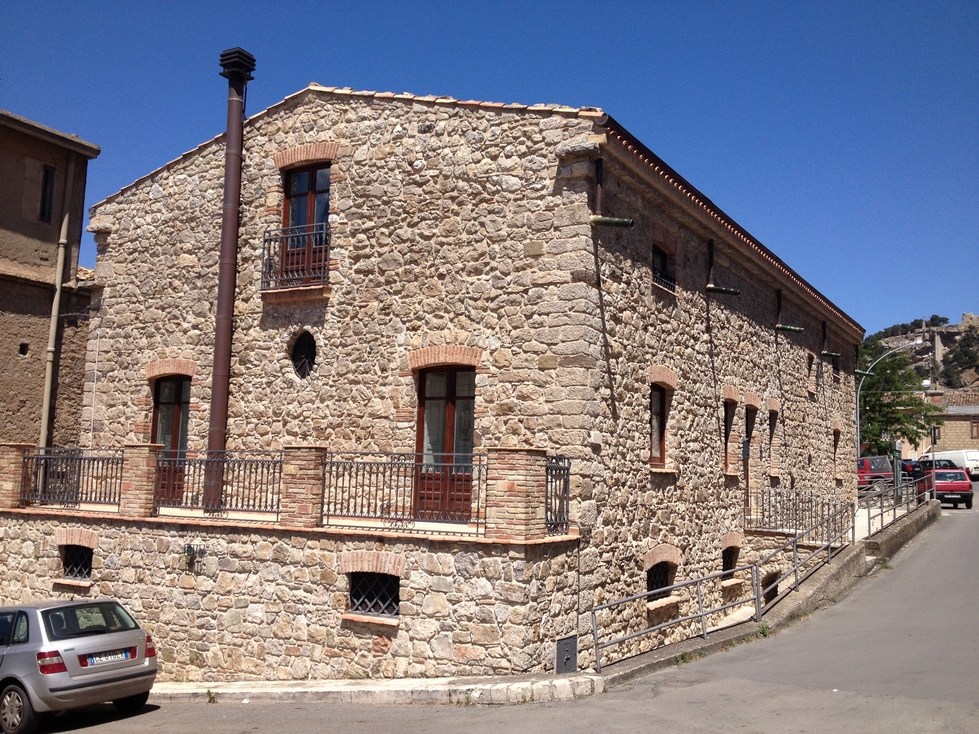
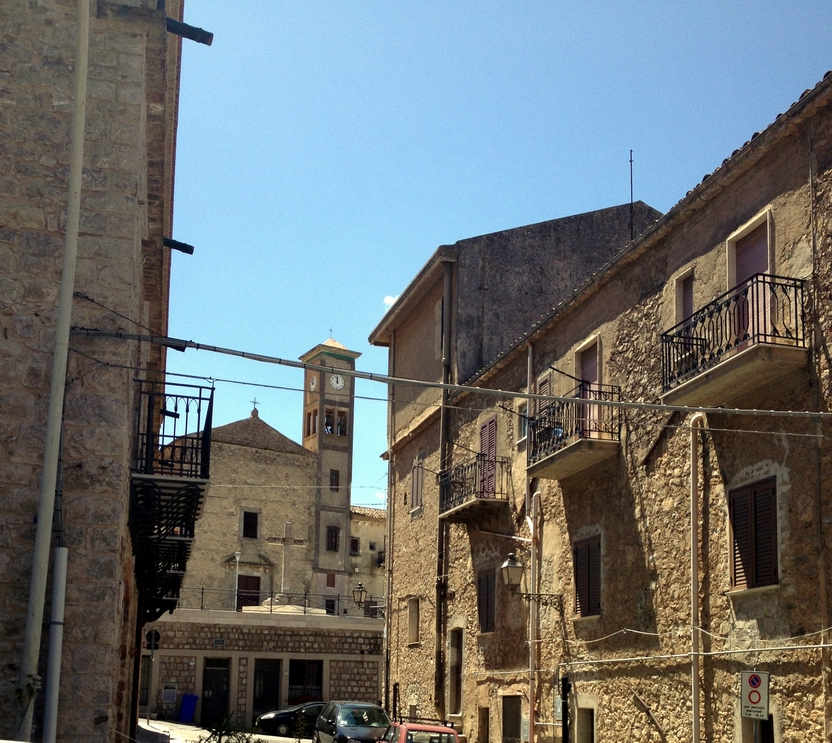
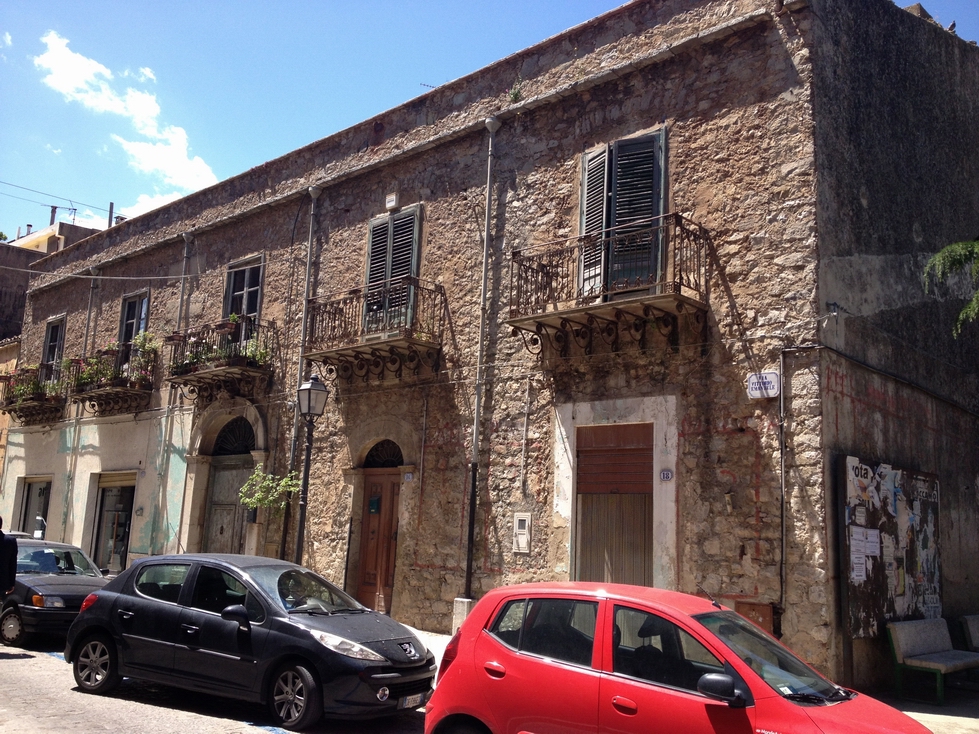
From an artistic point of view it is interesting that
the remains of the Saracen Castle on the terrace called Terravecchia (old
land), later became the Cathedral Church erected in 1582 and dedicated
to SS. Pietro and Paolo. Inside there resides a painting representing the
Adorazione dei Magi (Worship of Magi) by the Flemish School of Art. There
is alsoa statue of the Virgin and a very ornate organ.
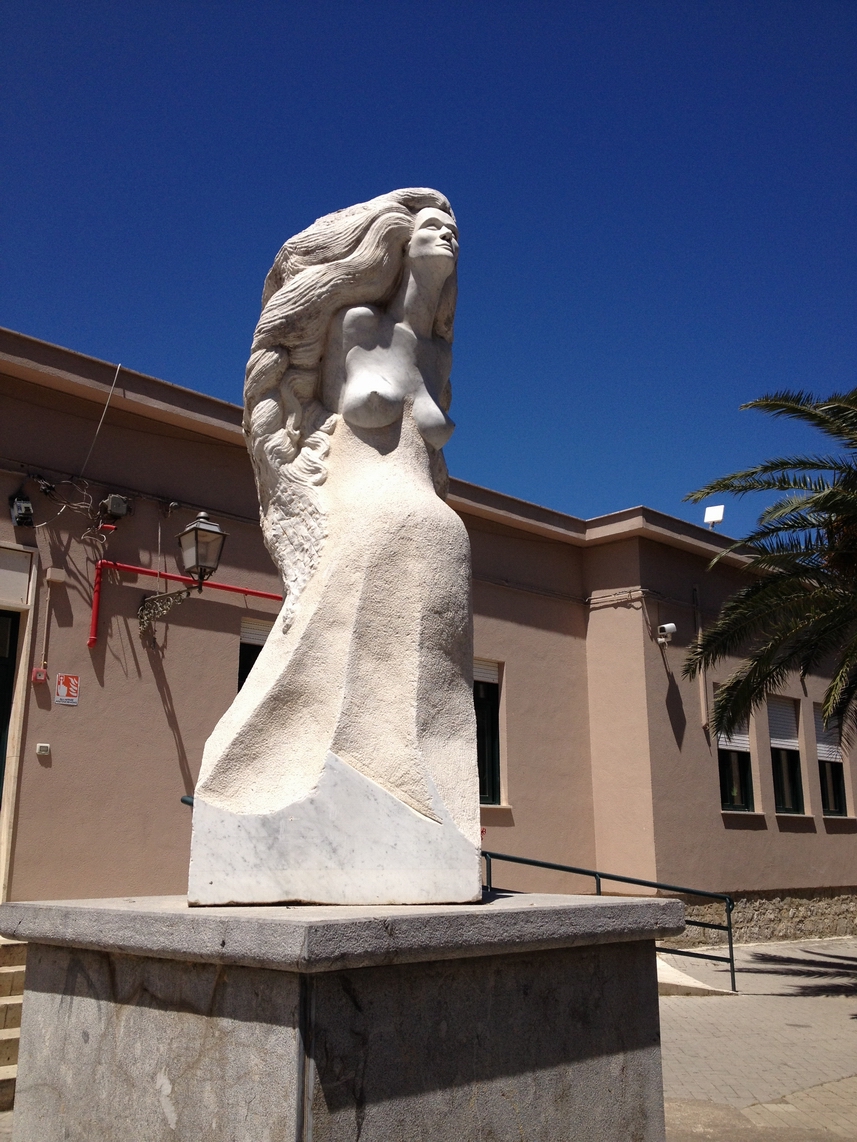
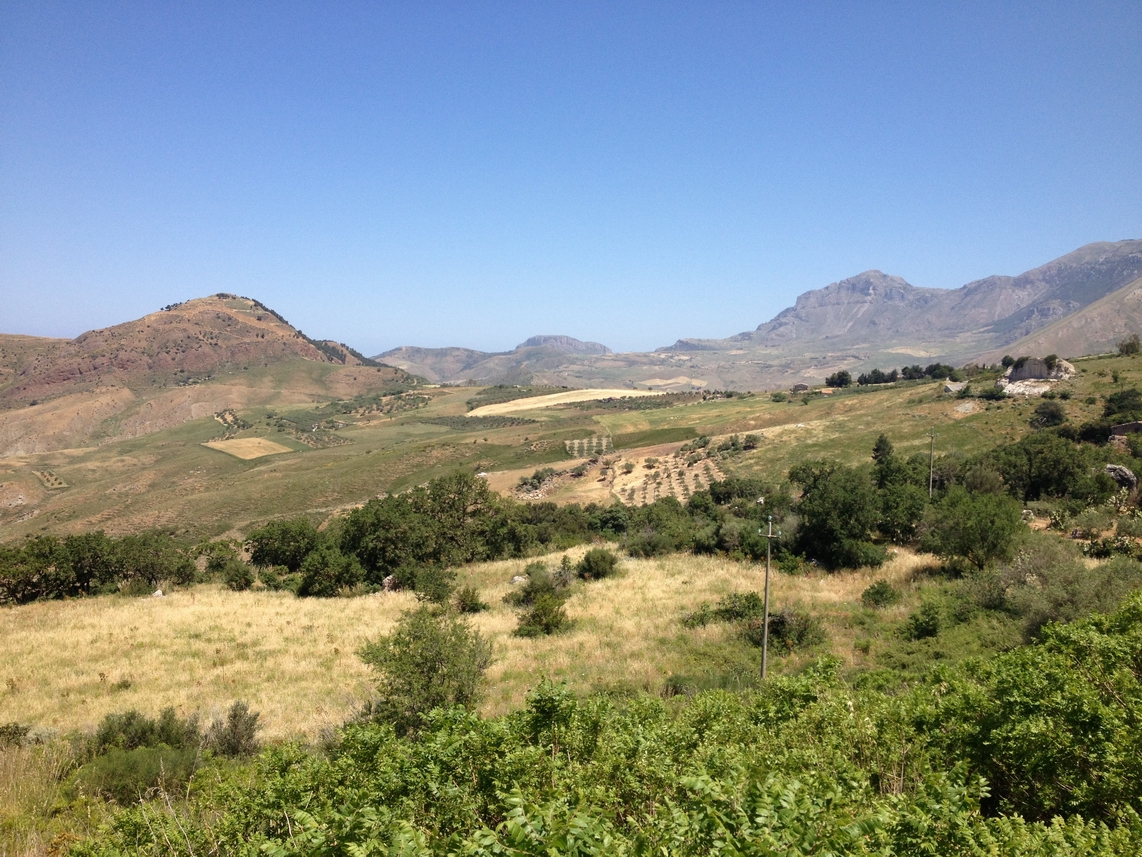
'Green and fertile' is how best to describe the landscape
around Caltavuturo, which winds through mountains, valleys and the sea.
From the naturalistic point of view, Caltavuturo is part of the Madonie
National Park, with a remarkable variety of landscapes and local traditions.
